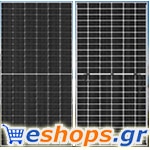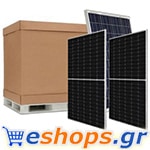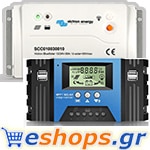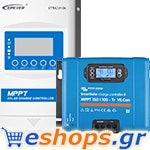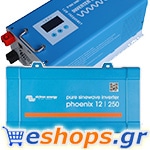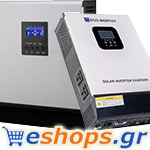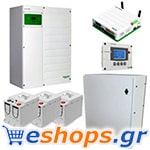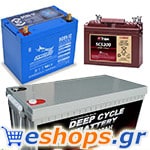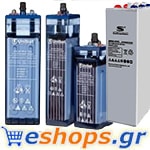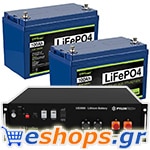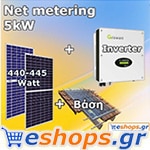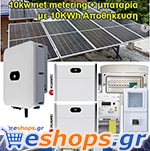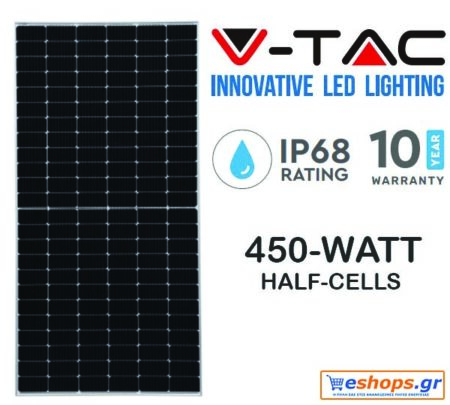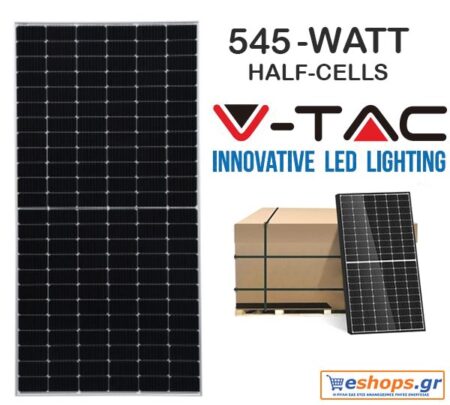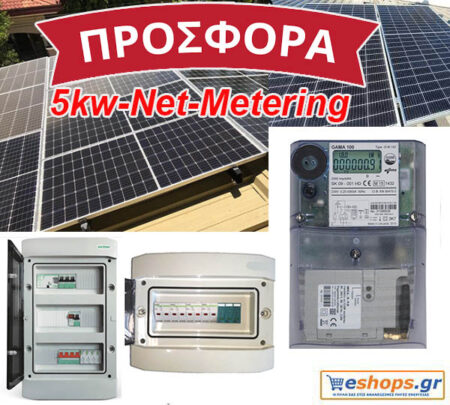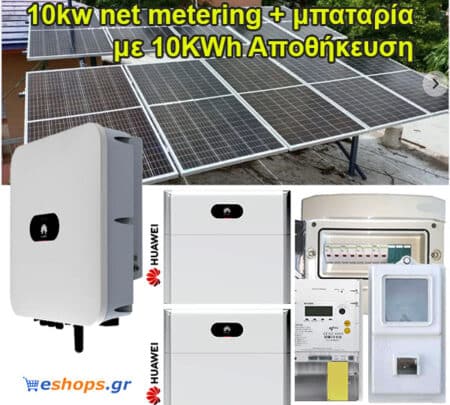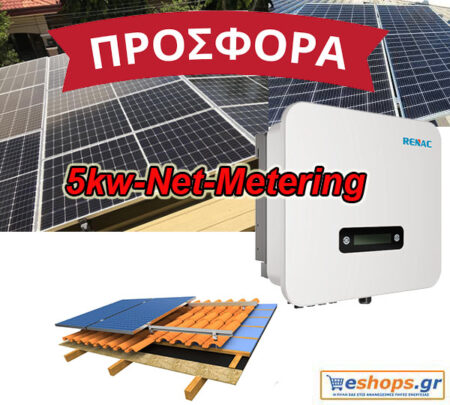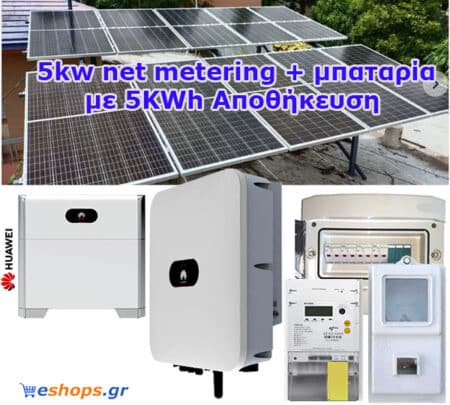Photovoltaic Net Metering with battery-storage
The advantages of a solar photovoltaic system connected to the grid with battery backup (net metering with battery)
As the world turns to sustainable energy, more homeowners are turning to solar power as a reliable source of renewable energy. With technological advances in battery storage, grid-connected solar PV systems with battery backup have become an increasingly popular choice for those looking to reduce their carbon footprint while also having reliable access to electricity. In this blog post, we'll discuss the numerous benefits of installing a grid-tied solar PV system with battery backup and how it can help you save money on your electricity bills while reducing your environmental impact. So let's dive in!
Introduction to Grid Connected Solar PV Systems
The photovoltaic net metering system with batteries is an interconnected system with the addition of batteries, which store during the day the excess energy of the photovoltaic (reducing the energy injected into the grid) returning it during the night (or cloudy-rainy) hours (thus reducing the extra energy required from the network). This function reduces the energy returned to the grid during the day
Solar Photovoltaic (PV) systems are a great way to save money on your electric bill and are also good for the environment. But what if there is a power outage? That's where a grid-tied solar PV system with battery backup comes in handy.
Lithium battery
In the hybrid photovoltaic net metering package, there is the possibility to add a lithium battery.
In the lithium battery, the excess electricity from the photovoltaics is stored and will be consumed as a priority, when the photovoltaics do not produce energy (evening, cloudy). When the battery is empty, then the consumption will return to the public network (eg PPC)
By using the battery you will reduce the energy you consume from the public network (eg PPC). At the same time, you will increase the self-consumption of the energy produced by the photovoltaics
A grid-connected solar photovoltaic system is connected to the electricity grid. This means that when the sun shines and your system produces more electricity than you need, the excess electricity will flow back into the grid. And when there's no sun or when your system doesn't produce enough electricity, you can draw from the grid.
The main difference between a grid-tied solar PV system and a regular solar PV system is that a grid-tied system has batteries that store energy so you can use it when there is no sun or when your system is not producing enough electricity . This can be useful in the event of a power outage or other emergency situation.
There are many advantages to having a grid connected solar PV system with battery backup:
1. You'll save money on your electricity bill: A grid-tied solar PV system will offset your electricity usage, which will lower your electricity bill. And if you have a battery backup, you can use the stored energy during peak periods when electricity prices are higher.
2. You can go offline: If you have a battery backup,
Advantages of a grid connected solar PV system with battery backup
There are many advantages to installing a grid-tied solar photovoltaic (PV) system with battery backup. Perhaps the most important benefit is that it can help you save money on your electric bills. With a grid-tied PV system, you can generate your own electricity and sell any excess back to the utility company. This can result in lower electricity bills or even a profit, depending on the size of your system and the amount of sunlight you receive.
Another advantage of a grid-tied PV system is that it can provide power during a power outage. If there is an extended power outage, your system will continue to generate electricity, allowing you to keep essential appliances and lights running. This can be a lifesaver in an emergency situation.
Finally, installing a grid-connected photovoltaic system can help reduce your carbon footprint. Solar energy is a clean, renewable resource that produces no emissions or pollution. By generating your own electricity with solar energy, you can do your part to protect the environment.
Considerations for installing a grid connected solar PV system with battery backup
When it comes to choosing a grid-tied solar PV system with battery backup, there are a few things to keep in mind. Here are some considerations to help you make the best decision for your needs:
1. Cost: The initial cost of a grid-connected solar PV system can be higher than a traditional grid-only system. However, when you consider the long-term energy savings on your bill, as well as the added security of backup power in the event of an outage, the investment is well worth it.
2. Maintenance: A grid connected solar PV system requires very little maintenance. In fact, most systems come with a 20-year warranty, so you can be sure that your investment will continue to pay off for many years to come.
3. Location: Where you live will have an impact on whether a grid connected solar PV system is right for you. If you live in an area with high electricity prices and plenty of sunlight, then a grid-tied solar PV system is likely to be a good investment. However, if you live in an area with lower electricity rates and less sunlight, then a traditional grid-only system may be the best option for you.
4. Weather: Another factor to consider is the weather conditions in your area. If you live in an area prone to severe weather (eg hurricanes, tornadoes, etc.), then a backup power source such as a battery
How to choose the right battery size and type for your grid-tied solar PV system
When it comes to choosing the right battery size and type for your grid-tied solar PV system, there are a few things to consider. The first is the battery capacity, which is measured in kilowatt hours (kWh). The second is the discharge rate, which is how quickly the battery can release its stored energy. And finally, you need to consider depth of discharge (DoD), which is the percentage of battery capacity that can be safely discharged without damaging the battery.
There are two main types of batteries available on the market today: lead-acid and lithium-ion. Lead-acid batteries are usually cheaper and last longer than lithium-ion batteries, but they are also heavier and require more maintenance. Lithium-ion batteries, on the other hand, are more expensive, but weigh less and don't require as much maintenance.
In terms of capacity, most residential solar PV systems will require between 5 kWh and 10 kWh of storage. If you live in an area with high electricity prices or experience many power outages, you may want to consider a larger capacity battery. As for the discharge rate, this will largely depend on how you intend to use your spare power. If you only need it for occasional blackouts or brownouts, a lower discharge rate will suffice. But if you want to be able to run your entire home off the grid for long periods of time, you will
Monitoring, maintenance and troubleshooting for your solar PV system with battery backup
To ensure that your grid-tied solar PV system with battery backup is working properly and providing maximum benefits, regular monitoring, maintenance and troubleshooting is important.
Here are some tips for monitoring, maintaining and troubleshooting your system:
Monitoring:
Regularly check your system's performance data to make sure it's working as expected. This can be done through your inverter monitor or using a monitoring tool such as Solar Analytics. If you notice any unexpected changes in performance, investigate the cause and correct as necessary.
Maintenance:
Your solar PV system should require little maintenance other than periodic cleaning of the panels to remove dust and debris. However, it is important to regularly check all components of your system for damage or wear and replace or repair any damaged parts as soon as possible.
Troubleshooting:
If you experience any problem with your solar system, first check that all components are well connected and that there is no damage. If the problem persists, contact your solar installer or qualified electrician for assistance.

